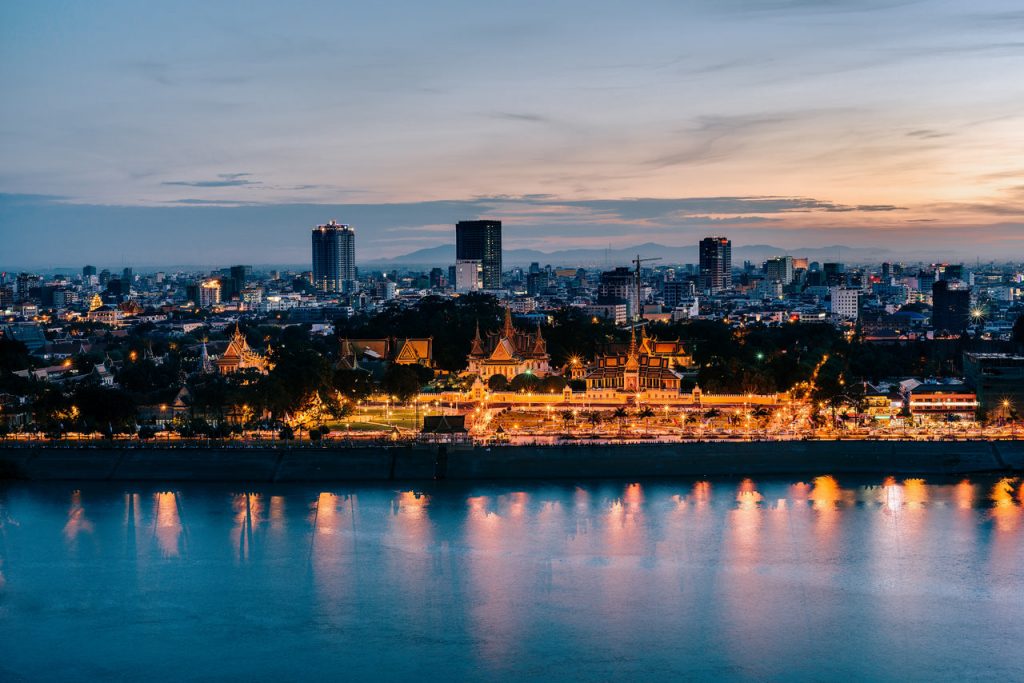The History of Phnom Penh
Written by iHeartKhmer, November 16, 2022
Phnom Penh –The history and culture hidden within the capital of Cambodia, Phnom Pehn
Within the Khmer culture history, culture, and traditions are essentially everything to them. The Khmer people have many great legends on which their traditions and cultures are based upon; one of them being the creation of Phnom Penh, their capital as of today.

Legend has it that old Lady Penh was collecting firewood by the river when she saw a floating koki tree in the water. She managed to get the out of the water and inside of the tree was something magnificent. There was four (number varies by version) Buddha statues and one of Vishnu. She understood this discovering as a blessing. She thought of herself as divine because of her findings and saw it to be a sign that the capital of Cambodia should be Phnom Penh. She had a house made for the statues inside a hill, which is what we know now as Wat Phnom or Lady Penh, which is in the center of Phnom Penh.
The discovery was made in 1371, but Phnom Penh did not become the Khmer capital until the 1430’s under King Pohea Yat. The choice of this capital was based upon the economic shift and need for outside trading; Phnom Penh became the hub of commerce. In the 16th century and through the 19th century the capital was no longer in Phnom Penh, but the city still grew and was still the hub of commerce. In the 19th century, under King Ang Chan’s rule, the capital came back to Phnom Penh. Within the next ten years the city began to grow and develop by adding schools, hotels, prisons, banks, courts, and health services.
In the 1920s Phnom Penh became widely known as the Pearl of Asia, and of course, it kept growing. An addition of a railway and airport allowed for further expansion, along with a National Museum. The city continue to expand quickly, wetlands had to be filled in to allow expansion westward.
Finally in 1954, Cambodia won its independence from France. This allowed for the Khmer culture and architecture to form. Hundreds and hundreds of shophouses were built, along with monuments. The Khmer people were happy; they finally felt free to express their culture.
The time did not last long… in 1970 Cambodia engaged into war with the communist group, Khmer Rouge. Within three years Khmer Rouge had the capital, Phnom Penh, filled with refugees and demanding the Khmer people to evacuate. The Khmer Rouge went to great extent to destroy everything the Khmer people loved and cherished, every aspect of their culture.
In 1979, a neighboring country, Vietnam, came into help and aid the Khmer people. Khmer Rouge fled, leaving behind horrific evidence of a genocide. The Khmer people are still scared from these terrible events, but luckily they have been successful at recovering most of their culture. The population grew from 100,000 to 600,000 the next ten years after Khmer Rouge fled. In the 2000’s we have seen Cambodia’s culture and architecture boom into popularity as they begin to restore their historic infrastructures.

Discuss about: The History of Phnom Penh
You must be logged in to post a comment.